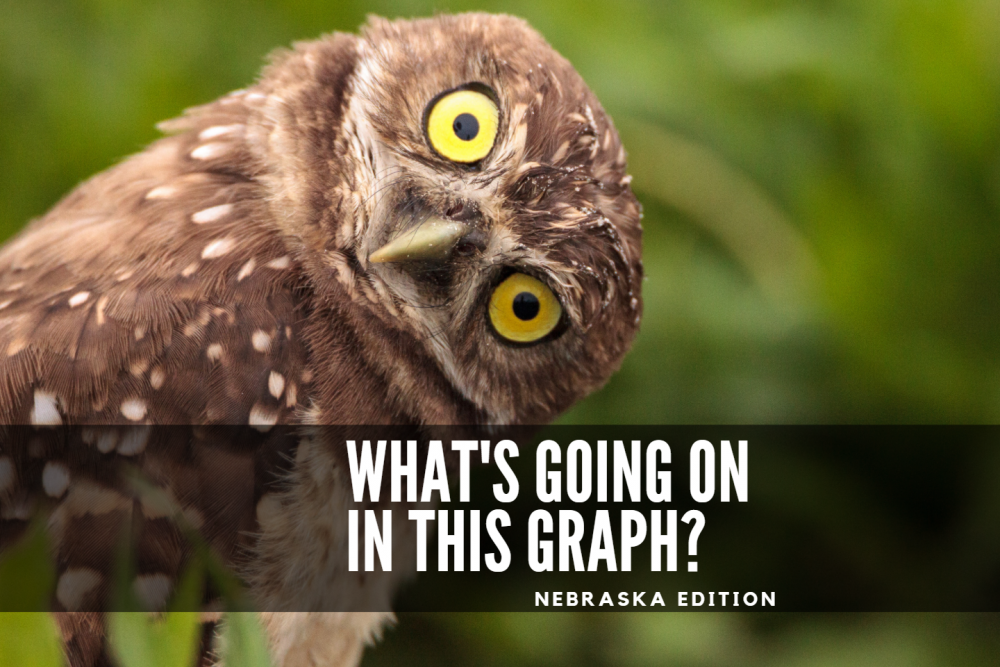
Looking for a flexible way to practice noticing and wondering with your middle school or high school students? Check out this collection of graphs, maps, and charts! Each highlights a FEWSS (food, energy, water, and societal systems) topic and can be used as a focal point for students' sense-making discussions. You can use these as a bell-ringer, anchoring or investigative phenomenon, exit ticket, etc. Additional resources (notice and wonder t-chart template and class slide deck template) are provided to help you and your students get started!
The scientist and the citizen alike must make evaluative judgments about the validity of science-related media reports and their implications for people’s own lives and society.
A Framework for K-12 Science Education, p. 71
A driving goal of the Science Literacy Initiative at the University of Nebraska-Lincoln is to effectively prepare PK-12 students for successful careers and a lifetime of science-informed decisions. Achieving this goal will require students to develop critical thinking and problem solving as habits of mind and to critically evaluate and interpret science information.
To help middle school and high school students become critical consumers of scientific information, we have created a Nebraska edition of the popular New York Times' offering, "What's Going on in This Graph?". Our version will look and function very similarly.
We will offer a new post each month featuring a data visualization related to topics of particular interest to Nebraska. Some posts will feature a graph, map, or chart from University of Nebraska faculty or graduate student researchers. These visualizations act as rich texts which can be used as a focal point for students' sense-making discussions.
Students will be asked to spend some time interacting with the map, graph, or visualization and answer three basic questions.
- What do you notice?
- What do you wonder?
- What do you think is going on in the graph?
Notice and Wonder Strategy
The first two questions may be familiar to math teachers. These simple questions form the basis for the Notice and Wonder teaching strategy promoted by the National Council of Teachers of Mathematics.
This is a powerful teaching strategy for a number of reasons.
- It supports equity and accessibility. All students are asked to contribute. The stakes are low because everyone can notice something and everyone has something they can wonder about.
- It promotes sense-making discussion. By focusing on students' own observations and questions, learners will be motivated to find answers to questions that are personally meaningful.
- It encourages curiosity and critical-thinking. Instead of passively looking at text, students are asked to actively interact with the content to think about what is puzzling. This helps to establish problem solving and critical thinking as habits of mind.
Watch the video embedded here to see Annie Fetter, a math educator at the Math Forum, explain how she uses the notice and wonder strategy with students.